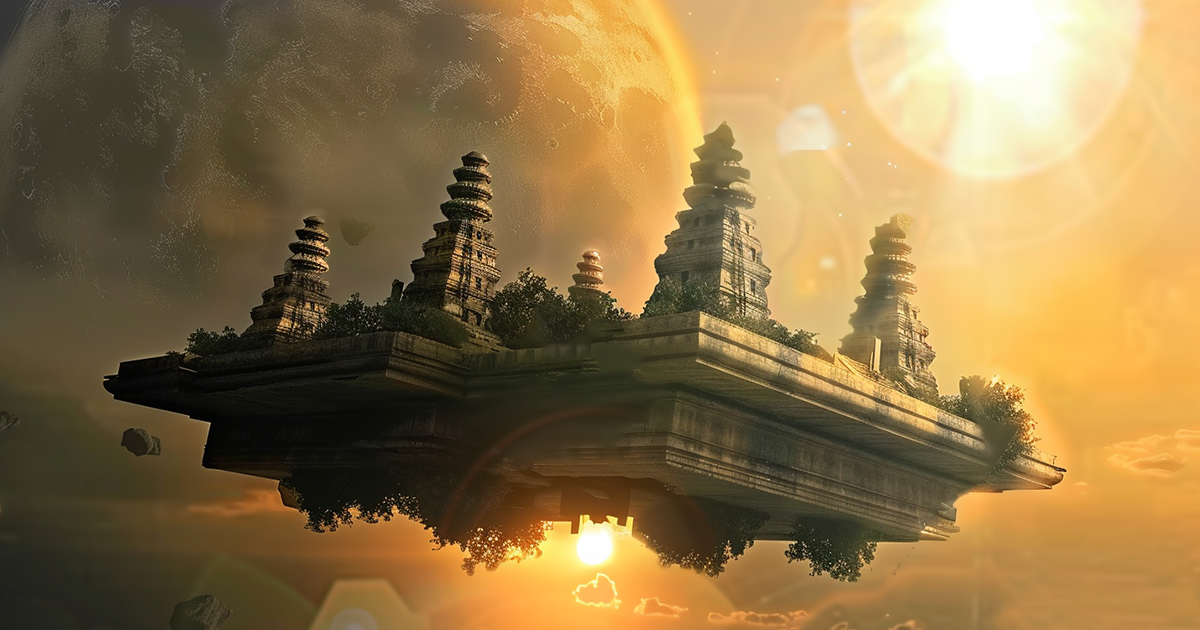Deep within Sirpur, India, exists a tribute to the ingenuity of ancient artisans – the Surang Tila Temple. Erected in the 7th century AD, this architectural gem remained concealed for ages, buried under the ground by the seismic upheavals of an 11th-century quake. Despite the chaos it endured, the temple endured, safeguarding its complex blueprint and construction methods.
Fascinated by its preservation, archaeologists delve into the mysteries concealed within its structure. They credit its survival to sophisticated construction methods, deeply rooted in the doctrines of Ayurvedic or Vedic architecture. These ancient practices, drawn from time-honored Indian scriptures, display a profound grasp of design and engineering.
In a pursuit of knowledge, scholar Giorgio Tsoukalos embarked on a voyage to India in March 2017, where he rendezvoused with archaeologist Dr. Arun Sharma, the chief investigator of the Surang Tila Temple excavation. Together, they admired the temple’s grandeur and contemplated the meaning behind its architectural elements.

Integral to the temple’s creation is a distinct adhesive paste, resembling a form of glue, discovered binding the stones of the temple together. Its robustness surpasses that of contemporary concrete, yet its constitution remains an enigma to present-day builders. Elaborate instructions on producing this paste are chronicled in the ancient Indian manuscript, the Mayamatam, dedicated to construction techniques.
Legend has it that the wisdom encapsulated in these manuscripts was bestowed upon humanity by Mayasura, the ancient king of the demigods, who supervised construction projects on Earth. This lore, rumored to stem from celestial origins, implies a link between ancient societies and extraterrestrial entities.
Further scrutiny of the Surang Tila Temple unveils additional engineering marvels, such as 80-foot-long shafts strategically positioned to counteract seismic forces. These attributes, combined with the temple’s enduring resilience, fuel speculations about the provenance of such sophisticated knowledge.
For proponents, the Surang Tila Temple serves as merely one instance of the technological finesse outlined in ancient Sanskrit texts. They argue that these manuscripts offer insights into a remote era where encounters between humanity and extraterrestrial beings influenced the trajectory of civilization.
In deciphering the enigmas of ancient building techniques, we are confronted with inquiries that transcend temporal and spatial boundaries. What enigmas lie within the ancient scrolls? Could our forebears have possessed knowledge beyond our comprehension, imparted from unearthly origins?
As we persist in plumbing the depths of our history, the Surang Tila Temple emerges as a marvel of curiosity, reminding us of the intricate tapestry of the past and the mysterious ties that bind us to the universe.
